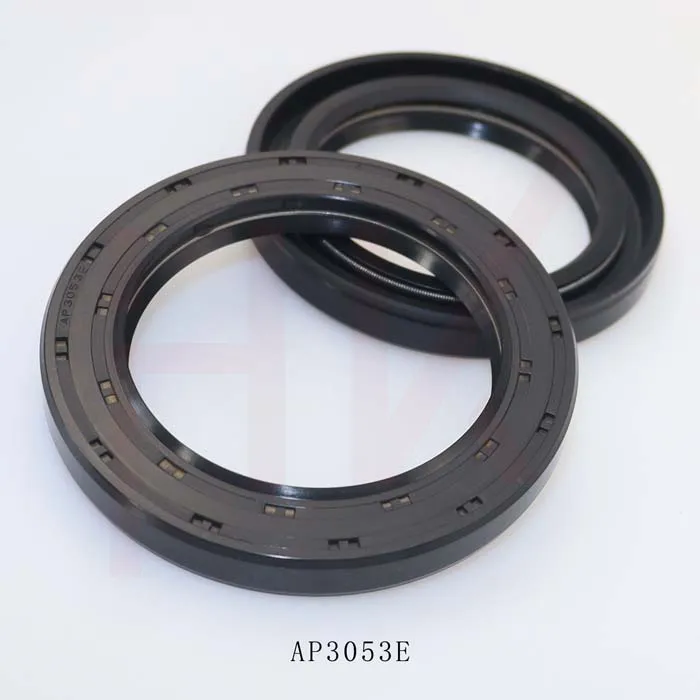Aug . 31, 2024 12:31 Back to list
wiper ring
Understanding Wiper Rings Essential Components in Mechanical Systems
Wiper rings, often overlooked in mechanical engineering discussions, play a critical role in various applications, ranging from automotive to industrial machinery. These rings serve as a vital seal to prevent leakage of fluids and contaminants, ensuring optimal performance and longevity of the equipment they are installed in.
A wiper ring is typically made from materials such as rubber, polyurethane, or other elastomers, chosen for their durability and resistance to wear and chemicals. The design of the wiper ring allows it to fit snugly against the surface it is meant to seal, effectively keeping dirt, dust, and moisture at bay. This is particularly important in hydraulic systems where the presence of contaminants can lead to significant operational failures and costly repairs.
In hydraulic cylinders, for instance, wiper rings maintain the cleanliness of the working chamber by wiping away debris from the rod as it extends and retracts. This function is crucial because any foreign particles trapped in the system can cause scratches on the cylinder surface, leading to leaks and pressure loss. Additionally, wiper rings can help reduce the wear on seals, extending the overall life of the hydraulic system.
wiper ring

The manufacturing process of wiper rings involves precision engineering. They must be crafted to exact specifications to ensure they fit perfectly within their designated application. Tolerances are critical, as even the slightest deviation can lead to inefficiencies in sealing performance. The production of wiper rings also often incorporates a variety of surface treatments to enhance their protective qualities and resistance to harsh environments.
Applications of wiper rings are vast. In the automotive sector, they are found in power steering systems, automotive lifts, and braking systems. These components are indispensable for maintaining the functionality and safety of vehicles. In industrial applications, wiper rings are prominent in machinery used for manufacturing, construction, and mining, where they help maintain the integrity of hydraulic and pneumatic systems.
Selecting the right wiper ring for a specific application involves understanding the operational environment. Factors such as temperature, pressure, and the types of fluids being sealed play a significant role in material selection. For instance, high temperatures might necessitate a wiper ring made from heat-resistant materials, whereas exposure to aggressive chemicals would require a ring designed to withstand those specific conditions.
In summary, wiper rings are essential components that contribute significantly to the efficiency and reliability of mechanical systems. Their ability to keep contaminants out and maintain smooth operation cannot be overstated. As technology continues to evolve, the demand for increasingly effective wiper rings is likely to grow, driving innovations in materials and designs. Understanding their function and importance can help engineers and technicians make informed decisions to enhance equipment performance and durability. In an age where every detail matters, the humble wiper ring indeed deserves its recognition.
-
TCN Oil Seal Metal Ring Reinforcement for Heavy Machinery
NewsJul.25,2025
-
Rotary Lip Seal Spring-Loaded Design for High-Speed Applications
NewsJul.25,2025
-
Hydraulic Cylinder Seals Polyurethane Material for High-Impact Jobs
NewsJul.25,2025
-
High Pressure Oil Seal Polyurethane Coating Wear Resistance
NewsJul.25,2025
-
Dust Proof Seal Double Lip Design for Construction Equipment
NewsJul.25,2025
-
Hub Seal Polyurethane Wear Resistance in Agricultural Vehicles
NewsJul.25,2025
-
The Trans-formative Journey of Wheel Hub Oil Seals
NewsJun.06,2025
Products categories
















